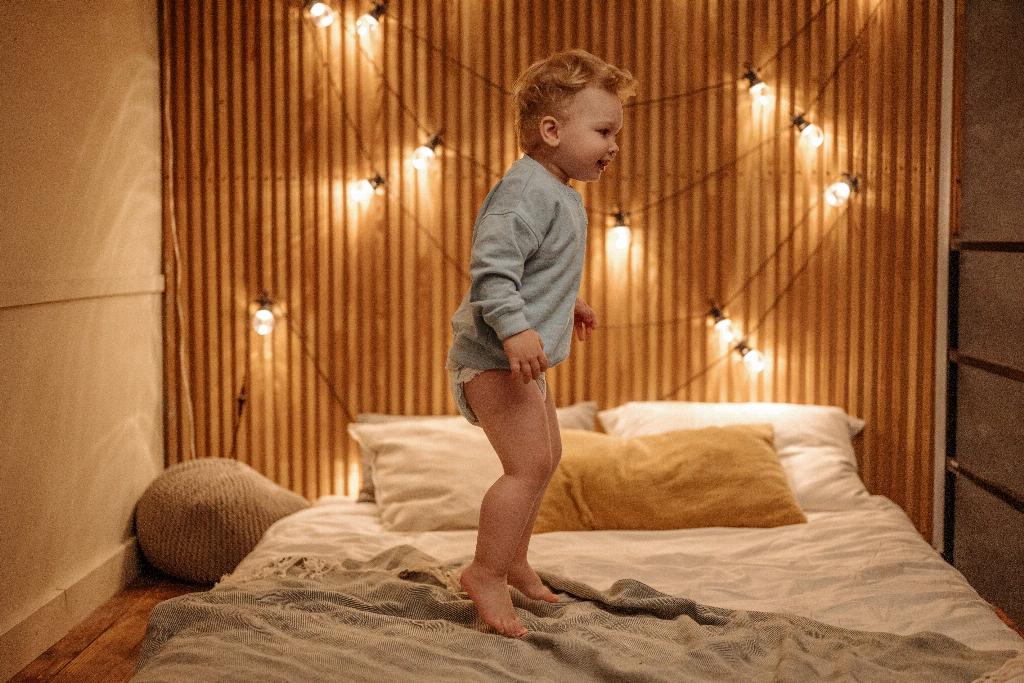When it comes to finding a cost-effective solution for your furry friend’s diapering needs, look no further than your own wardrobe. Reusing unwanted t-shirts to craft homemade doggie diapers is not only budget-friendly but also incredibly simple.
Materials Needed
To get started on this DIY project, all you need is an old t-shirt that you no longer wear and a few pins to secure the diaper in place. There’s no need for advanced sewing skills or specialized tools.
Step 1: Prepare the T-Shirt
Lay out the t-shirt on a flat surface and fold it in a way that allows you to cut out the necessary fabric pieces for the diaper. You may choose to use the t-shirt’s existing seams to minimize cutting.
Step 2: Cut the Fabric
With a pair of scissors, carefully cut along the folds to create the main body of the diaper. You can adjust the size of the fabric based on the measurements of your dog to ensure a snug fit.
Step 3: Tailoring for Comfort
To enhance comfort and functionality, consider cutting an opening for your dog’s tail if needed. This modification allows for a better fit and ensures that your furry companion can move around freely.
Step 4: Securing the Diaper
Once the fabric is cut to size and tailored for your dog’s comfort, use pins to secure the diaper in place. Make sure it’s snug but not too tight, as your dog should be able to move and breathe comfortably.
Step 5: Putting the Diaper On
Gently place the diaper on your dog, making sure that the tail opening is correctly positioned. Secure the diaper with the pins, ensuring that it stays in place during your pet’s activities.
Step 6: Reusability and Maintenance
One of the key advantages of DIY reusable dog diapers is their washability. After use, simply remove the pins, wash the diaper, and let it air dry for future use – it’s that easy!

